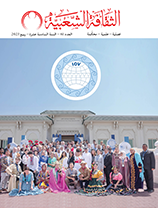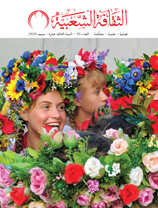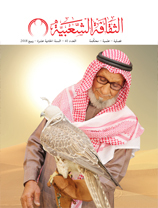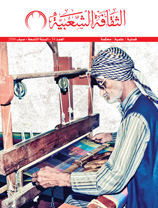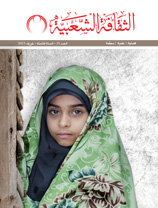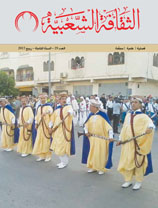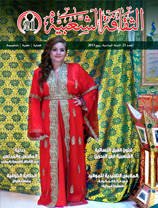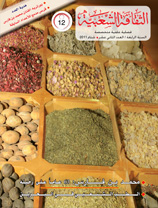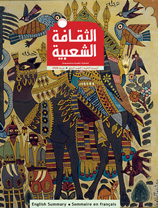Using Social Media to Protect Intangible Cultural Heritage in The Sultanate of Oman
Issue 57

By Imad bin Jassim Al-Bahrani, Researcher, Sultanate of Oman
The internet is one of the most significant technological transformations that humanity has experienced since the turn of the century. Its function is not limited to providing information because it has also evolved into an interactive tool for communication among users across the vast virtual world.
Because of its numerous and diverse applications in communication, marketing, media, management, promotion, education, awareness and other fields, social networking is regarded as one of the most essential types of interactive communication on the network.
It is possible to promote the national cultural product at the local and international levels through networks such as Facebook, Twitter, Instagram, Flickr, LinkedIn and YouTube. It is also possible to broadcast awareness messages about the preservation of cultural heritage, provide news and events related to heritage, and involve different groups in society in the process of preserving cultural heritage and documenting its elements, perhaps for the first time in history, through the participatory features offered by these networks. This allows citizens, not just the elite, to participate in the production of cultural heritage content, transforming them from mere users to users and producers of cultural content at the same time.
The Sultanate of Oman is among the countries that place a high value on both material and non-material cultural treasures. In recent years, institutions and individuals have made efforts to use and benefit from modern technology by documenting Omani history and heritage because these means are so important in today's world. This is particularly true for members of the younger generation who spend long hours on sites that have become their main source of information in various fields. It is important to use social platforms’ techniques and capabilities to preserve national culture and confront the globalisation that has become a threat to Arab and Islamic cultural identity.
This paper reviews a number of attempts to optimise the use of social networks in order to safeguard intangible heritage in Oman.











